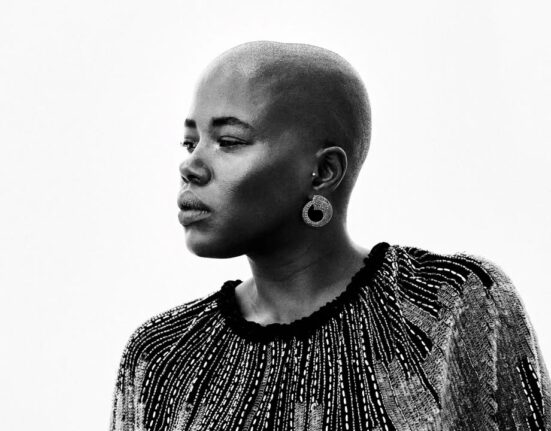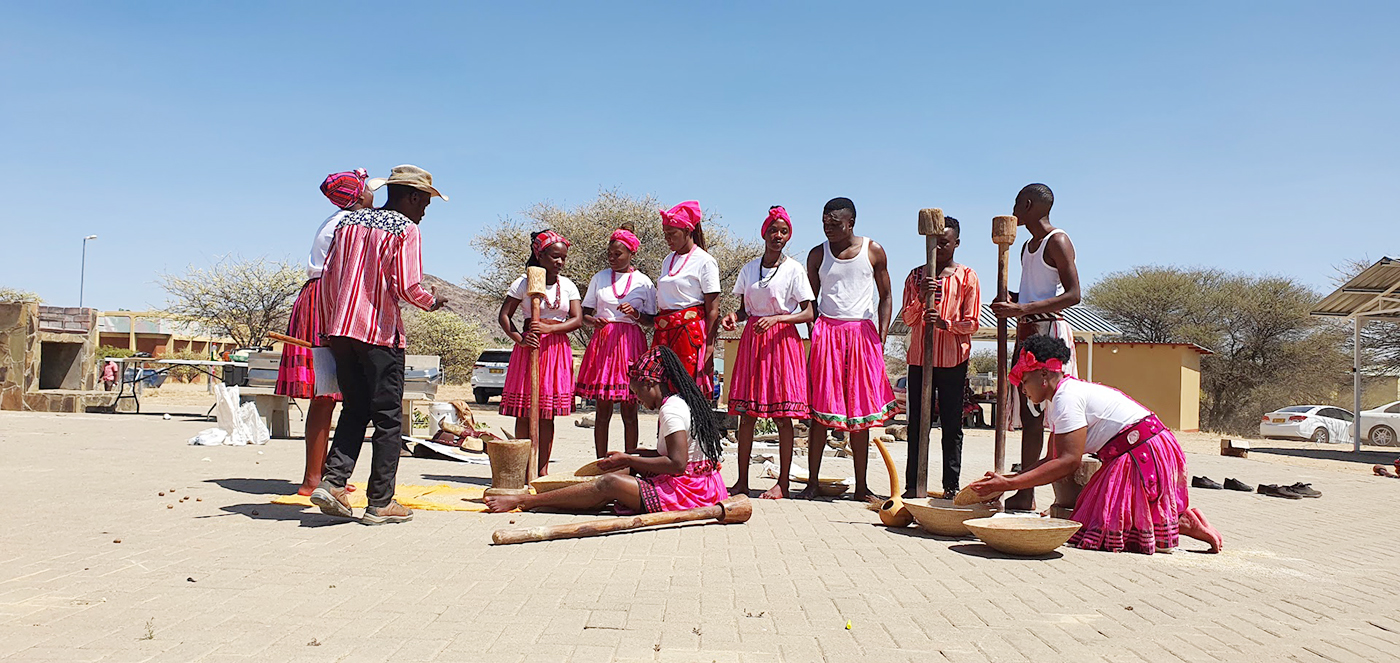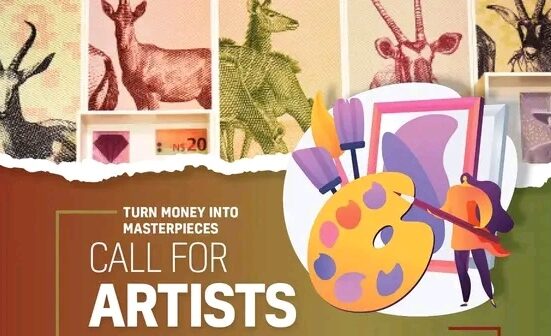Namibia, a country celebrated for its striking landscapes and rich cultural heritage, is also a tapestry of ethnic diversity. The nation is home to a mosaic of ethnic groups, each with unique languages, traditions, and histories. At the heart of this diversity lies the Ovambo, the largest ethnic group in Namibia, alongside a plethora of other communities that contribute to the country’s vibrant identity. Understanding Namibia’s ethnic landscape offers valuable insights into its social fabric, cultural richness, and historical legacy.
The Ovambo Majority: A Central Pillar of Namibian Identity
The Ovambo people, often referred to as the Owambo, make up approximately half of Namibia’s population. Concentrated primarily in the northern regions of the country, such as Oshana, Ohangwena, Omusati, and Oshikoto, the Ovambo have historically been agriculturalists and cattle herders. Their cultural practices, communal way of life, and entrepreneurial spirit have played a significant role in shaping Namibia’s socio-economic landscape.
Language and Culture
The Ovambo predominantly speak Oshiwambo, a language with several dialects, including Oshikwanyama and Oshindonga. The language is widely spoken across Namibia, making it one of the most prevalent languages in the country.
Ovambo culture is characterized by strong communal bonds, traditional music, dance, and storytelling. Ceremonies and rituals, such as initiation and marriage ceremonies, remain integral to their way of life. Despite modernization, the Ovambo people have preserved their cultural heritage, balancing tradition with contemporary influences.
Economic Contributions
The Ovambo have long been known for their industriousness and entrepreneurial skills. Historically, they engaged in subsistence farming, cultivating crops like millet and sorghum. Today, many Ovambo people are active in Namibia’s commercial sector, with a significant presence in trade and small businesses.
The Himba: Guardians of Tradition in the Northwest
The Himba people, residing in the remote Kunene Region, are one of Namibia’s most iconic ethnic groups. Renowned for their distinctive appearance, including ochre-covered skin and elaborate hairstyles, the Himba have become symbols of cultural preservation in the modern world.
Semi-Nomadic Lifestyle
The Himba are semi-nomadic pastoralists, relying on cattle and goats for their livelihoods. Their way of life is closely tied to the arid environment of northwest Namibia, where they have adapted to survive in harsh conditions.
Cultural Practices
Himba women are known for applying a mixture of butterfat and ochre to their skin, giving it a reddish hue that symbolizes beauty and protection from the sun. Traditional dress, jewelry, and rituals are integral to Himba identity, and their cultural practices continue to attract global interest.
The San: Namibia’s Indigenous First People
The San, often referred to as Bushmen, are considered the original inhabitants of southern Africa. With a history that stretches back thousands of years, the San have an intimate knowledge of Namibia’s landscapes, flora, and fauna.
Hunter-Gatherer Heritage
Traditionally, the San were hunter-gatherers, relying on their deep understanding of the natural world for survival. Although modern pressures have altered their way of life, some communities still practice traditional hunting and gathering techniques.
Challenges and Resilience
The San face significant challenges, including land rights issues, marginalization, and access to education and healthcare. Efforts to preserve their language and cultural heritage are ongoing, as the San continue to play an essential role in Namibia’s history and identity.
The Herero: A History of Resilience
The Herero people, known for their rich history and striking traditional attire, primarily inhabit the central and eastern parts of Namibia. The Herero’s past is marked by resilience in the face of adversity, including the tragic Herero-Nama genocide under German colonial rule.
Traditional Dress and Culture
Herero women are known for their Victorian-inspired dresses and headdresses, which reflect a blend of tradition and historical influences. The Herero maintain strong cultural ties through storytelling, music, and annual commemorations.
Agricultural Roots
Cattle farming is central to Herero identity and economy. The Herero view cattle as a symbol of wealth and social status, and livestock plays a significant role in their cultural practices and rituals.
The Nama: Keepers of Oral Traditions
The Nama people, primarily residing in southern Namibia, are known for their rich oral traditions and musical heritage. As one of the largest groups within the Khoisan linguistic family, the Nama have preserved their click-based language despite external pressures.
Cultural Expressions
Nama culture is celebrated for its poetry, songs, and storytelling, which serve as a means of preserving history and conveying moral lessons. Traditional Nama dress and dance are also significant cultural markers.
Historical Struggles
Like the Herero, the Nama experienced significant suffering during the German colonial period. Despite these challenges, the Nama continue to contribute to Namibia’s cultural diversity and historical legacy.
The Damara: A Unique Blend of Heritage
The Damara, one of Namibia’s oldest ethnic groups, share linguistic roots with the Nama and San. Residing primarily in the central and western parts of the country, the Damara have a rich cultural heritage that blends various influences.
Historical Significance
The Damara have a complex history, with theories suggesting they were among the first inhabitants of Namibia before being displaced by other groups. Their history is intertwined with their rich traditions and adaptability.
Economic Contributions
The Damara are known for their craftsmanship, particularly in the production of traditional jewelry and leatherwork. Many Damara people are also involved in Namibia’s tourism sector.
Other Ethnic Groups: A Rich Mosaic
Namibia is home to several other ethnic groups, including the Caprivians (Zambezi people), Kavango, Baster, and German-speaking Namibians. Each group brings its own cultural, linguistic, and historical contributions to the nation.
The Kavango
The Kavango people, residing along the Kavango River in northeastern Namibia, are skilled farmers and fishermen. Their region is known for its lush environment, which contrasts with Namibia’s arid landscapes.
The Baster Community
The Basters, descendants of European settlers and indigenous Khoisan people, primarily live in Rehoboth. They have a distinct cultural identity that blends African and European influences.
German-Speaking Namibians
German-speaking Namibians, descendants of colonial settlers, have left a lasting legacy in the country’s architecture, cuisine, and cultural traditions. While they represent a small percentage of the population, their influence is evident in cities like Windhoek and Swakopmund.
Namibia’s ethnic diversity is one of its greatest strengths, showcasing a blend of cultures, languages, and traditions. From the Ovambo majority to smaller groups like the San and Himba, each community contributes to the nation’s unique identity. Understanding and celebrating this diversity is key to fostering unity and preserving Namibia’s rich heritage for future generations. As the country continues to develop, its ethnic mosaic remains a testament to its resilience, history, and cultural wealth.
Join 'Namibia Today' WhatsApp Channel
Get the breaking news in Namibia — direct to your WhatsApp.
CLICK HERE TO JOIN












